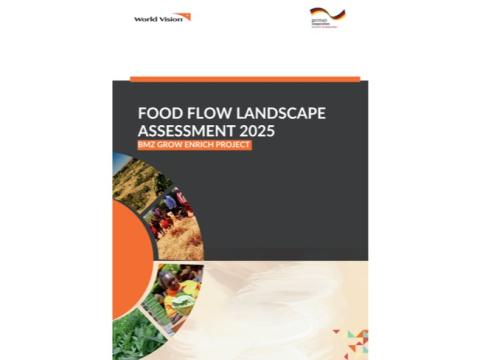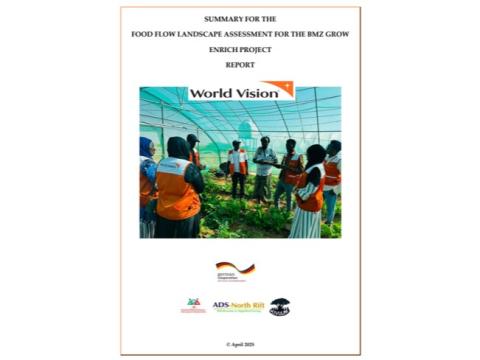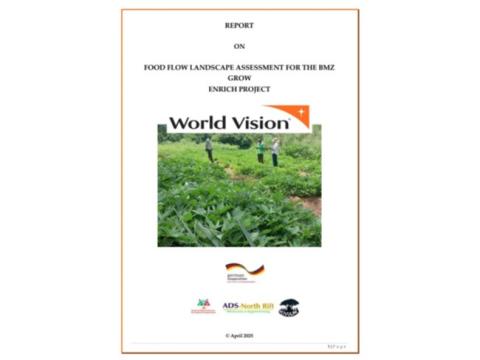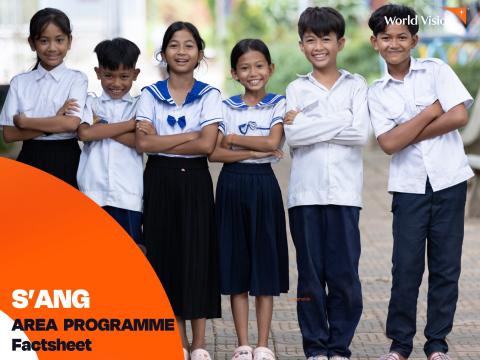HIV Prevention in Key Populations
DownloadKey populations are defined by the World Health Organization as “groups who, due to specific higher-risk behaviours, are at increased risk of HIV irrespective of the epidemic type or local context”. As many as 40-50% of all HIV infections among adults worldwide may be attributable to key populations, and in most epidemic contexts they have much greater risk of HIV than do other populations. In addition to being disproportionately affected by HIV, key populations also share common ground in experiencing stigma, discrimination, lack of HIV prevention services, barriers to healthcare access, violence, and violations of human rights, including by those who are called to help and protect (such as police and healthcare workers).
The objective of this literature review was to review the evidence for interventions which address HIV risk among key populations in high-, middle-, and low-income countries. HIV risk was construed broadly to include issues of access to HIV prevention, testing, treatment, and care services; uptake of these services; access to healthcare generally; peer counseling and support; behavior change for high-risk behaviors; stigma and discrimination; and issues of advocacy and policy. This review focuses on four key populations: sex workers, men who have sex with men (MSM), transgender people, and people who inject drugs (PWID).
In total, 112 articles and reports were reviewed, and are presented in this report according to key population. Many studies addressed multiple key populations, as key populations were found to overlap to a significant degree (for example, MSM who inject drugs, or transgender people who sell sex). This review also addresses young key populations, and the linkages between trauma and abuse during childhood and risky behaviors during adulthood.



